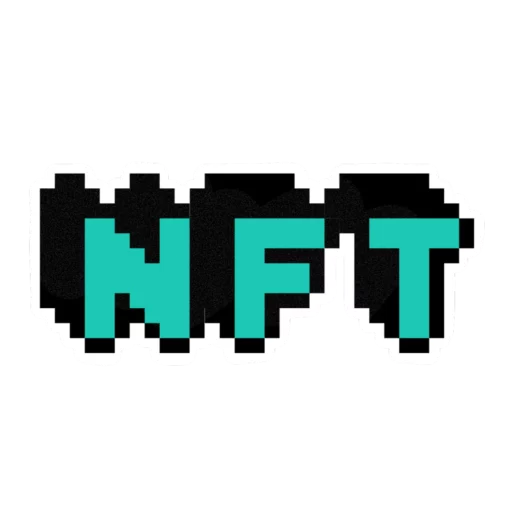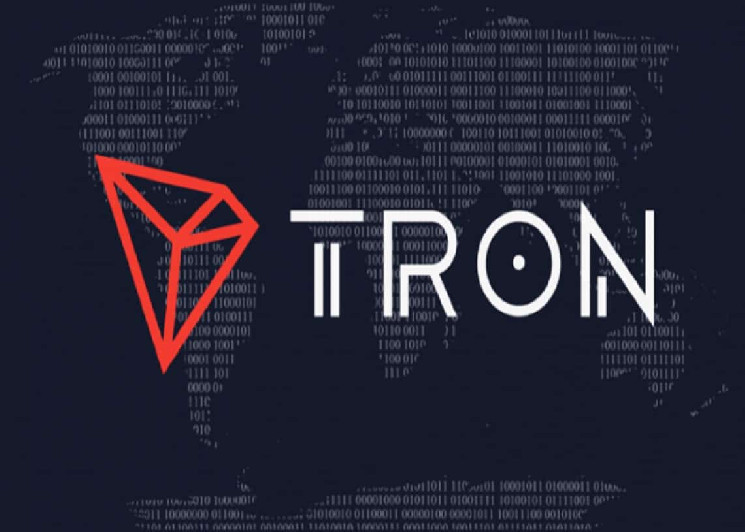Real-world assets have been a significant focus within the Web3 space in recent times. With the increase in interest rates and the decrease in DeFi yields, along with concerns about exploits affecting blue-chip protocols, there has been a rise in players offering tokenized Treasuries, illiquid assets, and credit products as new sources of yield.
The question arises: is access alone a benefit? While some argue that universal access to these asset classes is necessary, it’s important to consider the potential risks and complexities involved. For instance, complex credit products are typically only available to investors who possess the knowledge and experience to handle the associated risks. Expecting individuals who trade stocks on platforms like Robinhood to comprehend the risks of buying private debt securities is unrealistic. These deals are typically managed by professionals for professionals, and giving retail investors access without the necessary understanding could result in a situation where sophisticated investors take advantage of those who are less knowledgeable.
Therefore, it is crucial to strike a balance between providing access and ensuring that investors comprehend the risks involved. In this context, the next major opportunity in the realm of real-world assets lies in foreign exchange (FX).
The suggestion here isn’t limited to non-dollar stablecoins, as these have faced challenges in reaching scale due to liquidity gaps and dislocations between tokenized and real-world versions. Instead, the focus should be on tokenized FX forwards.
Amidst the rapid hiking cycle initiated by the US Federal Reserve and the corresponding rate adjustments by global central banks, there is an increasing need for solutions that allow investors to earn risk-free yields on non-dollar currencies. For example, emerging market currencies are offering high interest rates, such as Brazil’s risk-free rate of over 11%. However, it’s challenging for non-financial professionals to access such opportunities without a suitable solution in place. Therefore, creating tokenized FX forwards that provide offshore clients with access to foreign currencies and their yields can be a game-changer for investors interested in emerging market countries.
Tokenized FX forwards present a new asset class in the crypto ecosystem, offering a risk-reward profile that falls between USD stablecoins and cryptocurrencies. With the potential for high yields and lower downside risk compared to traditional cryptocurrencies, tokenized FX forwards can cater to a market fit and provide access to individuals equipped to assess the associated risks effectively.
As the CEO and founder of Coinbase Risk Strategies and the head of Trident Digital Group, I have observed the potential of tokenized FX forwards to bring about a significant advancement in the world of on-chain money. With their ability to offer access to new forms of crypto assets while providing a defensive opportunity in bear markets, tokenized FX forwards stand out as a clear and beneficial addition to the crypto industry.









